Genocide in Rwanda: Swiss showed ‘ambivalence between words and actions’
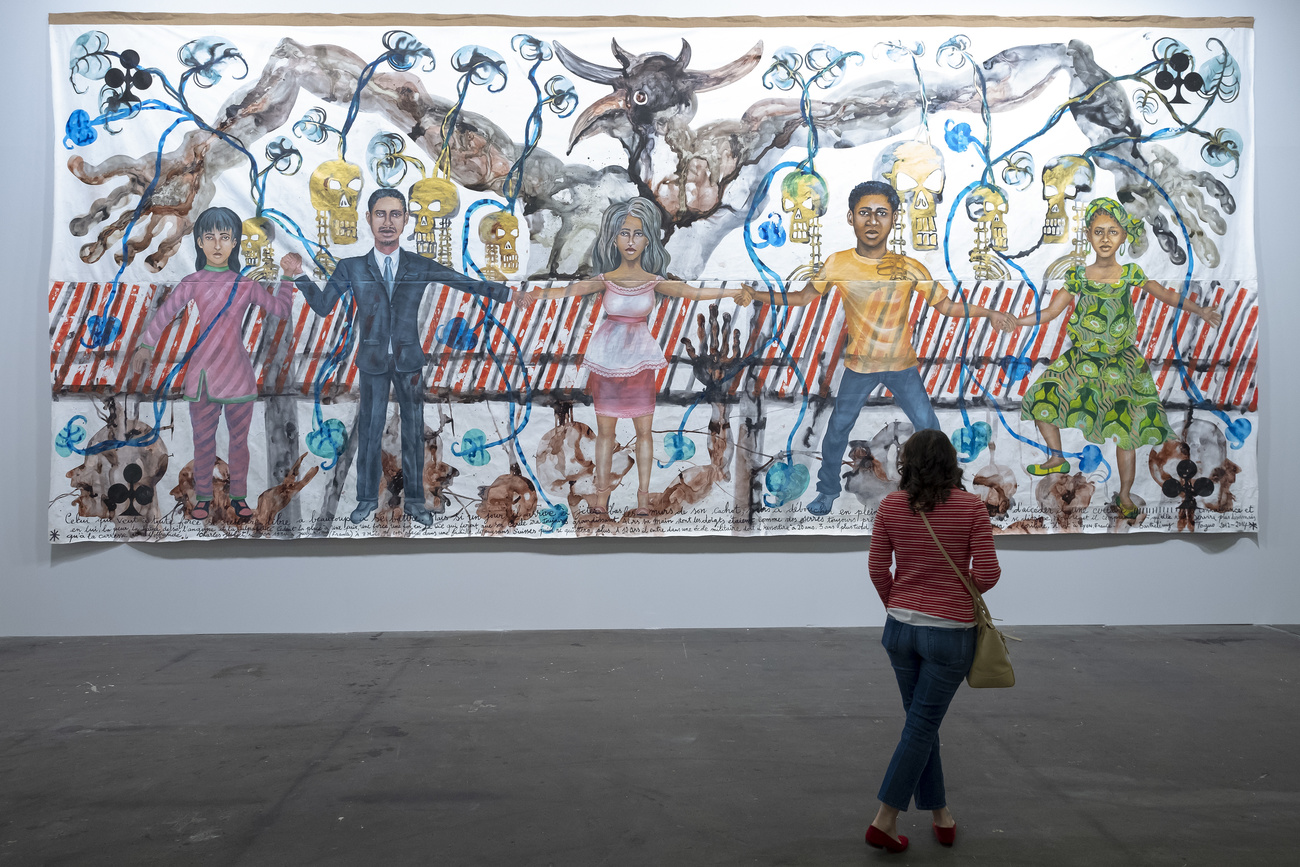
Switzerland was a key development actor in Rwanda at the time of the 1994 genocide. Historian Thanushiyah Korn explains the nature of that relationship – and whether Switzerland could have done more to prevent the violence that claimed over 800,000 lives.
In 1963, just a year after gaining independence, Rwanda became Switzerland’s first-ever priority country for development aid. Over 30 years, the Swiss spent CHF353 million ($387 million) on bilateral and multilateral projects in the small African nation.
Then, in 1994, Switzerland faced difficult questions about donor accountability following the genocide against the Tutsi ethnic group orchestrated by Hutu extremists of the regime in power. The Swiss foreign ministry commissioned a study, led by a former senior public official, Joseph Voyame, into Swiss development engagement in Rwanda. The 1996 report exonerated the Swiss development agency (SDC), citing the unpredictable nature and scale of events, even though it said the agency failed to take political action as tensions escalated in the early 1990s.
The agency has since changed its policy and closely monitors changes in the political, security, economic and humanitarian contexts in countries where it’s active. This was a key lesson learnt from Rwanda, the SDC tells SWI swissinfo.ch.
Historian Thanushiyah Korn of the University of Basel and the Institute for European Global Studies is currently examining Swiss actions in Rwanda for her PhD dissertation on the role of international donors in the build-up to the genocide.
SWI swissinfo.ch: Rwanda was once called the “Switzerland of Africa”. What were the similarities between the two countries when the Swiss arrived as a development actor?
Thanushiyah Korn: There were a few reasons why the Swiss selected Rwanda as a country of focus. There was even a list of pros and cons.

For the pros, there were things like the nice climate, the French language, and the country’s small size. It was also mountainous – some of the scenery reminded [the Swiss] of Switzerland. They perceived the population to be hard working. Switzerland also saw itself as having been a country of hard-working peasants. And the Rwandan president at the time, Grégoire Kayibanda, was a modest man.
All of this fit the image of a country without much industry that needed Swiss help and that you could shape with Swiss know-how, as [historian] Lukas Zürcher says in his book [Switzerland in Rwanda, 1900-1975]. Part of the dream was that Rwanda could become a “Switzerland of Africa”.
SWI: What was the donor-recipient relationship like?
T.K.: According to the Voyame report, Belgium, France and Germany poured more money into the country [than Switzerland did], but in relation to its population size, Switzerland’s contribution was quite high. The Swiss believed the aid should benefit the people and have an impact especially on the poorest.
There were two streams: one was development projects in agriculture, education and forestry and helping to set up cooperatives and popular banks; the other was sending Swiss advisors to the Rwandan president.
At the time, Switzerland had a technocratic understanding of development, whereby with a lot of money and technical know-how, you can help a country to develop without having to get involved in its politics – you can stay neutral but still get close to the president and advise him.
Initially the idea was for advisors to counsel the president on economic matters only, but – and the Voyame report says this – the practice was not regulated and the advisors were free to choose how close they got to the president. So they had some potential to exercise influence on domestic politics.
SWI: The Voyame report said the SDC didn’t react to warning signs of growing ethnic tensions before the genocide. Why is that, given that the Swiss were so close to the Rwandan leadership?
T.K.: Charles Jeanneret was the presidential advisor from 1982 to 1993. He developed a certain loyalty to President Juvénal Habyarimana. A foreign ministry note about Jeanneret’s visit to Rwanda in 1993 shows how he repeatedly expressed support for the president, even after the outbreak of the civil war [between the Hutu-led government and the mainly Tutsi Rwandan Patriotic Front (RPF)].
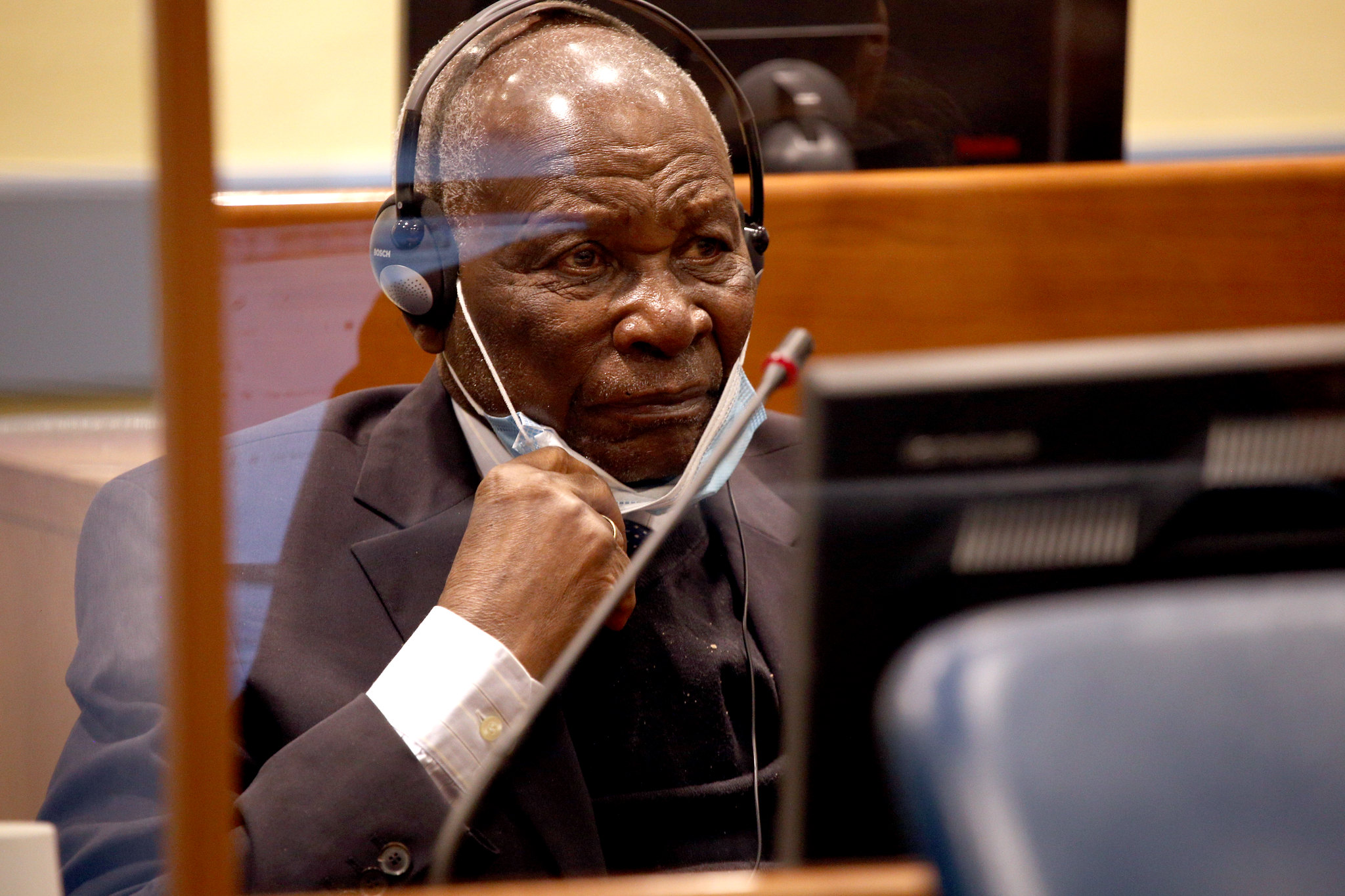
More
How Switzerland let an alleged mastermind of the genocide in Rwanda slip away
Habyarimana argued it was an interstate war [between Uganda and Rwanda] and that he was defending his country. Jeanneret’s assessment that the president was trustworthy had an impact on Swiss perception of the conflict.
The Swiss as neutral actors also didn’t believe it was up to them to take a position on a domestic conflict. But when you start investing a lot of money and becoming a close partner, it’s rarely possible to be neutral.
The SDC was confronted with violence as early as 1963-1964 and in the 1970s. The Swiss did not support this violence. But Zürcher says that in both cases cooperation continued without any new conditionality or open criticism of the regime.
It’s the same in 1990 with the civil war, even though a telegram from a Swiss ambassador at the time shows there’s some awareness of extremist ideas within the Rwandan army. High-ranking army officials said the war was a “Tutsi problem” that needed to be “eliminated”.
In [the eastern Rwandan district of] Bugesera in March 1992, more than 300 Tutsi were killed. The SDC took this seriously. Switzerland and other nations met Habyarimana to express concern about political violence targeting the Tutsi population. The Swiss even demanded respect for human rights and the rule of law. But there’s an ambivalence between Swiss words and actions.
SWI: Do you think Switzerland could have done something to help prevent further violence?
T.K.:It’s really difficult to say. What we can say is that Switzerland was a long-term partner of Rwanda; it had a close relationship with the president through its advisor. It was spending millions of francs in public aid to the regime. And as we know, money is a powerful thing. If you cut the money or make the aid dependent on something, then you can have an impact.
Switzerland supported the structural adjustment programme [of economic policy reforms implemented by the World Bank and International Monetary Fund] with a bilateral contribution of CHF10 million in 1991. Rwanda benefited from this programme. That money enabled the country to militarise and import weapons, even though the agreement clearly says it can’t be used for military purposes. This militarisation enabled the extent of the crime in 1994.

More
NoWhiteSaviors: Is ‘white aid’ colonialist?
Some argue this was due to a failure in supervision. But a 1992 donor meeting in Geneva shows an awareness of the level of military expenditure. Still the donors accepted Habyarimana’s explanation that he had to defend his country and were hopeful that military expenses would go down once the war was over. This could have gone in a different direction. There could have been sanctions or clear conditionality placed on the aid, and pressure put on the regime.
SWI: How was it possible for donors like Switzerland to get it so wrong about the Rwandan regime of the time?
T.K.: The donors believed that Rwanda could be a model state for development through liberalisation – the neoliberal belief that there’s one universal technical solution to all problems and the political reality doesn’t matter.
The violence was also misinterpreted from the beginning. A year before the genocide a Swiss diplomat told the foreign ministry there was individual, passionate hatred among Rwandans. This is a narrative that harks back to colonial ideas and racist stereotypes about Africans – that they’re impulsive and prone to violence. There were assumptions of individual instances of violence rather than it being structural or organised. I think this really had an impact on the actions at the time.
As a Swiss national, I want to make a small contribution to the task of coming to terms with Switzerland’s role in Rwanda and the genocide. Many aspects of this have not been analysed yet. The Voyame report was done in 1996 – too close to the genocide. It would have been good to do a new report [on Swiss development engagement in Rwanda] for the 30th anniversary of the genocide, with all the sources available today.
Edited by Virginie Mangin

In compliance with the JTI standards
More: SWI swissinfo.ch certified by the Journalism Trust Initiative








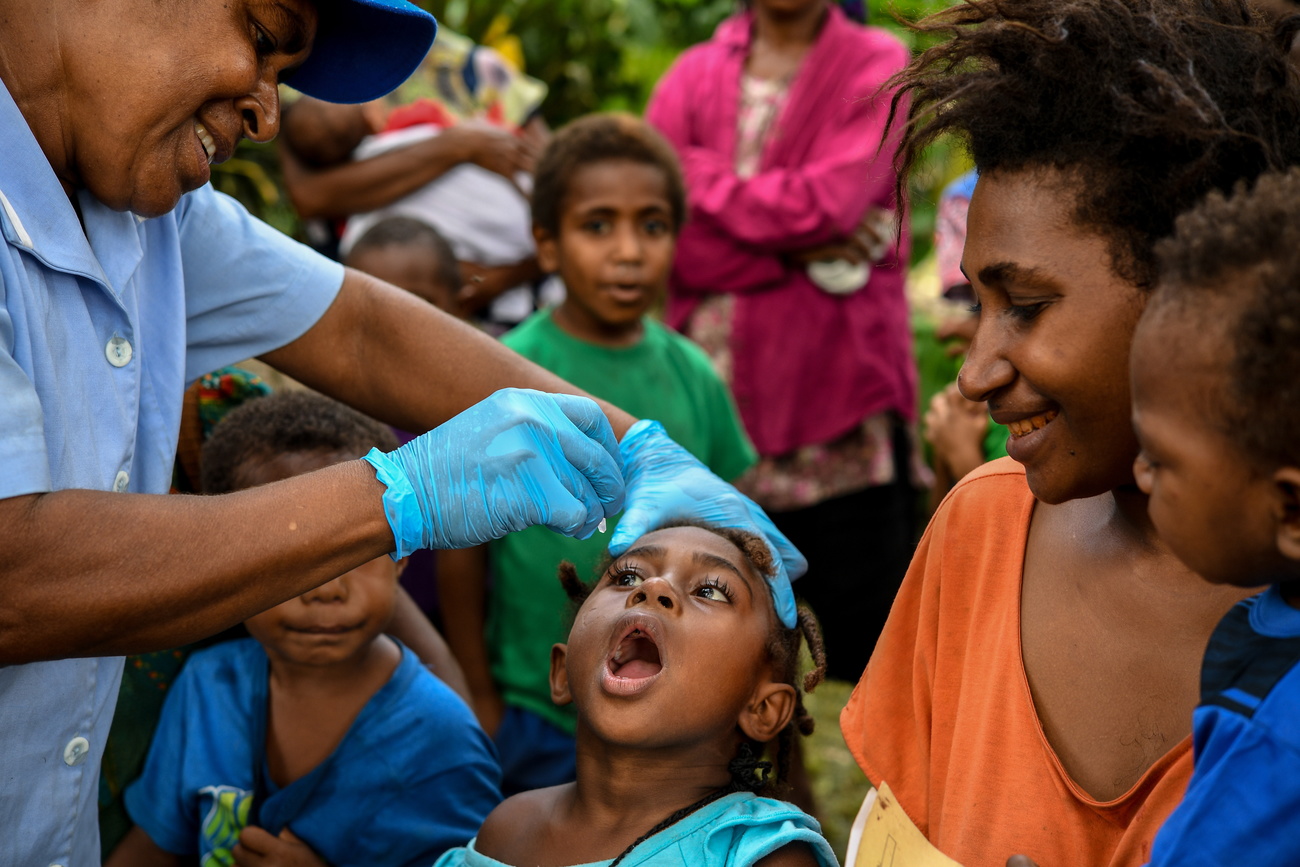
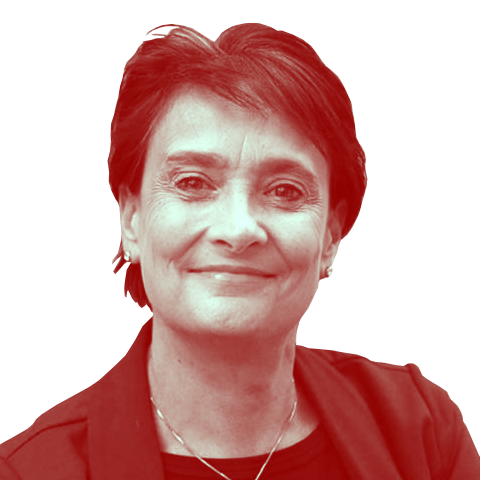
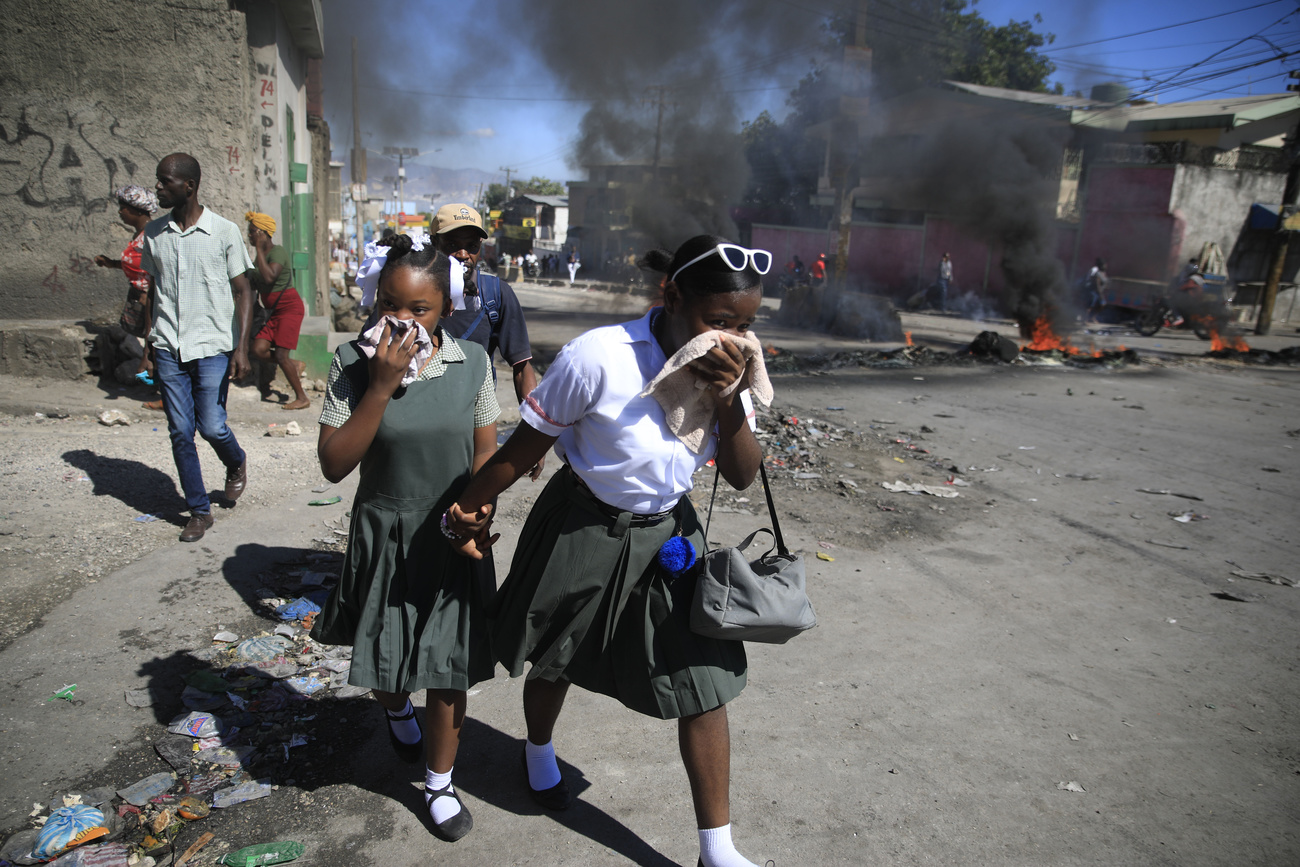
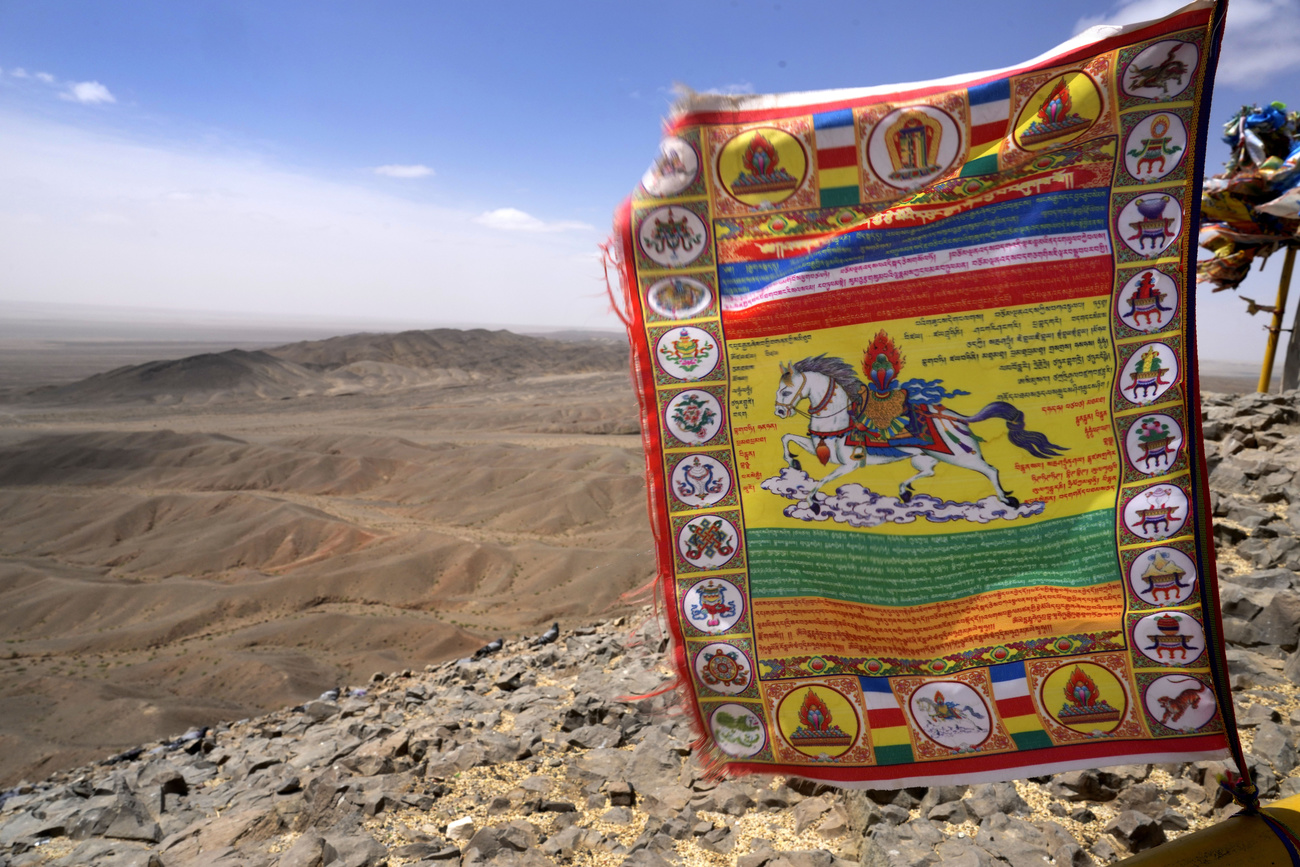
You can find an overview of ongoing debates with our journalists here . Please join us!
If you want to start a conversation about a topic raised in this article or want to report factual errors, email us at english@swissinfo.ch.